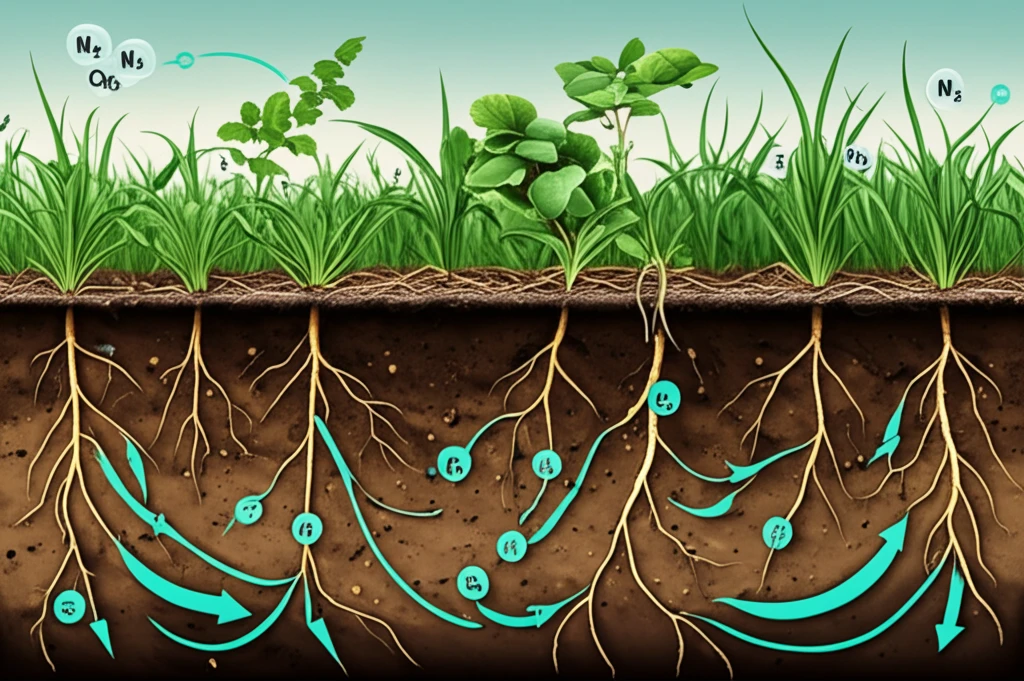
Unlock Your Soil's Potential: How No-Till Farming Impacts Nitrogen Dynamics
"Discover the secrets to healthier soil and reduced environmental impact with no-till farming practices."
In an era where sustainable agriculture is not just a buzzword but a necessity, understanding the intricate dynamics of soil is more critical than ever. Traditional soil preparation methods, particularly in temperate climates, often involve tilling—a practice that, while serving immediate agricultural needs, can disrupt the natural soil ecosystem. However, in tropical climates, where the natural fertility of the soil is often limited, intensive tilling can accelerate the oxidation of organic matter, leading to soil degradation.
Enter no-till farming, a method that champions the preservation of soil structure and the enhancement of soil health through the maintenance of crop residues. This approach not only shields the soil from erosion but also fosters an environment conducive to increased organic matter, improved chemical conditions, enhanced physical properties, and thriving biological activity. The cornerstone of no-till farming lies in its ability to alter the dynamics of nitrogen (N) within the soil, a nutrient vital for plant growth and overall ecosystem health.
Nitrogen, an essential element for plant life, exists in the soil in various forms, primarily bound within organic compounds. The transformation of this organic N into inorganic forms, such as ammonium and nitrate, is a process known as mineralization—a key factor influencing soil fertility and plant nutrition. Understanding how no-till farming affects this process, as well as other N-related processes like denitrification, is crucial for optimizing crop yields and minimizing environmental impacts.
The Science of No-Till and Nitrogen: A Deep Dive

A recent study conducted in Tibagi, Paraná State, Brazil, offers valuable insights into how the duration of no-till farming and different crop successions influence soil nitrogen dynamics. The experiment, set in a clayey Oxisol—a common soil type in tropical regions—compared areas under no-till management for 12 and 22 years, with crop rotations of corn/wheat and soybean/wheat. Researchers meticulously analyzed soil N stocks, inorganic N levels, and the rates of N mineralization and denitrification.
- Longer no-till duration increases soil N stocks.
- Crop succession significantly impacts N₂O emissions.
- Inorganic N levels rise with prolonged no-till adoption.
- Net mineralization and nitrification rates improve under long-term no-till.
Looking Ahead: Sustainable Farming for the Future
As we move towards a future where sustainable agricultural practices are paramount, understanding and optimizing soil nitrogen dynamics will be essential. No-till farming, with its potential to enhance soil health, reduce erosion, and sequester carbon, offers a promising pathway towards more sustainable food production systems. By embracing these practices and continuing to explore the complex interactions within the soil ecosystem, we can unlock the full potential of our agricultural landscapes and ensure a healthier planet for generations to come.
